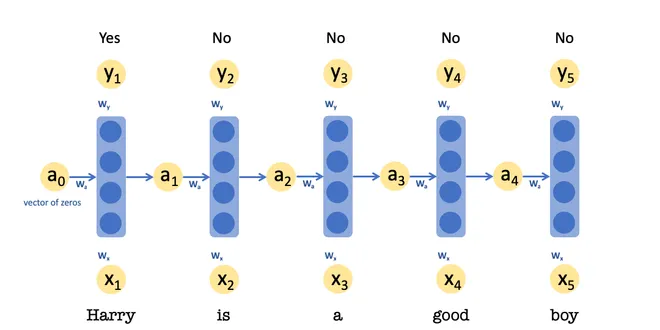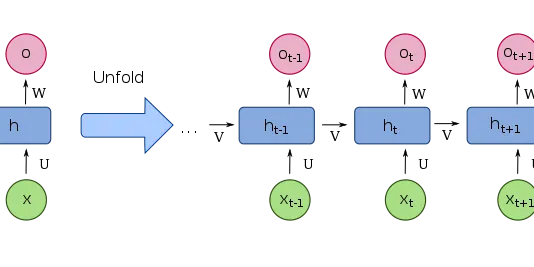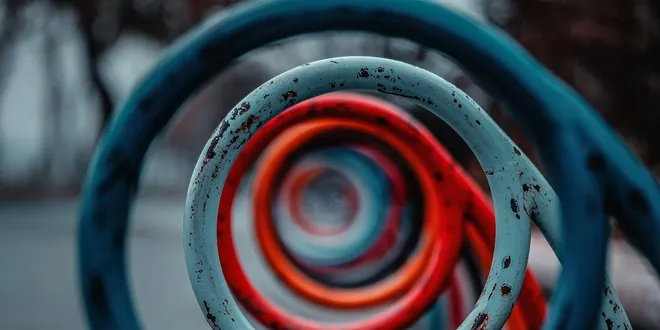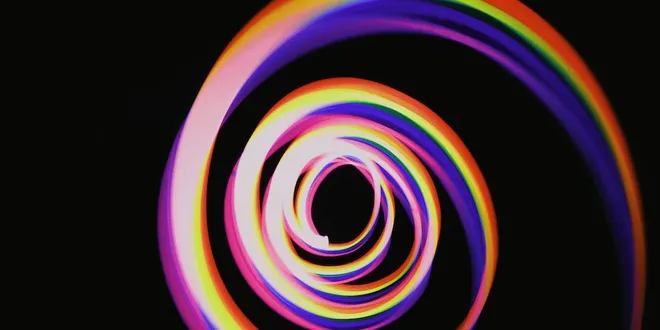Recurrent-Neural-Network
Recurrent Neural Networks (RNNs) are a class of neural networks designed to process sequential data by maintaining a form of memory. Unlike traditional feedforward neural networks, RNNs can utilize information from previous inputs in the sequence, making them particularly effective for tasks such as natural language processing, time series prediction, and speech recognition. RNNs achieve this by passing the output of previous time steps as input to the current step, allowing them to capture temporal dependencies. This unique architecture enables RNNs to learn patterns in data that are dependent on the order of inputs, enhancing their predictive capabilities.

What are Recurrent Neural Networks (RNN) ?
An introduction to Recurrent Neural Networks (RNN) ?
📚 Read more at Becoming Human: Artificial Intelligence Magazine🔎 Find similar documents

The Simplest Interesting (and Useful) Recurrent Neural Network
A recurrent neural network (RNN) processes an input sequence arriving as a stream. It maintains state, i.e. memory. This captures whatever it has seen in the input to this point that it deems…
📚 Read more at Towards Data Science🔎 Find similar documents

Explained: Recurrent Neural Networks
Recurrent Neural Networks are specialized neural networks designed specifically for data available in form of sequence. Few examples of sequence data could be text data such as tweets or comments…
📚 Read more at Analytics Vidhya🔎 Find similar documents

Three Types of Recurrent Neural Networks
Recurrent Neural Networks are neural networks designed for sequence data. Sequence data is any data that comes in a form in which former data points affect later data points. RNNs can be applied to…
📚 Read more at Towards AI🔎 Find similar documents

Implementing Recurrent Neural Network using Numpy
Recurrent neural network (RNN) is one of the earliest neural networks that was able to provide a break through in the field of NLP. The beauty of this network is its capacity to store memory of…
📚 Read more at Towards Data Science🔎 Find similar documents

Getting Started with Recurrent Neural Network (RNNs)
Using RNNs for Sentiment Analysis Photo by Nishaan Ahmed from Unsplash This article will discuss a separate set of networks known as Recurrent Neural Networks(RNNs) built to solve sequence or time se...
📚 Read more at Towards Data Science🔎 Find similar documents

An Introduction to Recurrent Neural Networks for Beginners
Recurrent Neural Networks (RNNs) are a kind of neural network that specialize in processing sequences. They’re often used in Natural Language Processing (NLP) tasks because of their effectiveness in…
📚 Read more at Towards Data Science🔎 Find similar documents

Recurrent Neural Networks for Dummies
Recurrent Neural Networks(RNN) lies under the umbrella of Deep Learning. They are utilized in operations involving Natural Language Processing. Nowadays since the range of AI is expanding enormously…
📚 Read more at Towards AI🔎 Find similar documents

Recurrent Neural Networks
The goal of this article is to explore Recurrent Neural Networks in-depth, which are a kind of Neural Networks with a different architecture than the ones seen in previous articles (Link). As we have…...
📚 Read more at Towards Data Science🔎 Find similar documents

Recurrent Neural Networks, Explained and Visualized from the Ground Up
Recurrent Neural Networks (RNNs) are neural networks that can operate sequentially. Although they’re not as popular as they were even just several years ago, they represent an important development…
📚 Read more at Towards Data Science🔎 Find similar documents

The Basics of Recurrent Neural Networks (RNNs)
Recurrent Neural Networks (RNNs) are widely used for data with some kind of sequential structure. For instance, time series data has an intrinsic ordering based on time. Sentences are also…
📚 Read more at Towards AI🔎 Find similar documents

The Intuition of Vanilla Recurrent Neural Networks
Recurrent Neural Networks are neural networks that are specialized in modeling sequence data. Essentially RNNs are designed to capture information from time sequences and time-series data. Well, we…
📚 Read more at Level Up Coding🔎 Find similar documents

